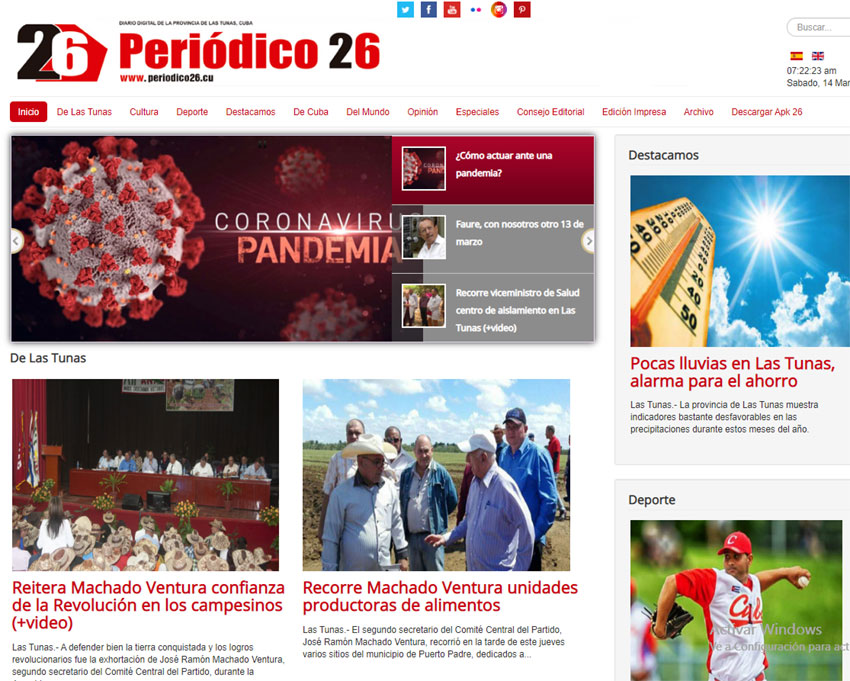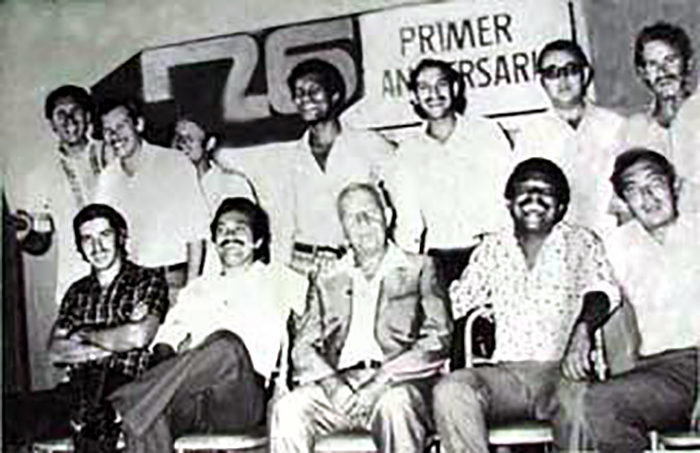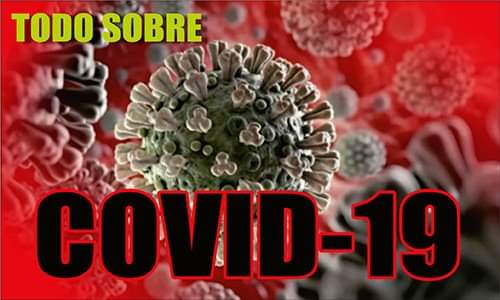 26 Digital is a pioneer in the transformation of the Cuban press model. |
On 26 July 1978, Periódico 26, the first daily newspaper in the history of the region, appeared for the first time on the shelves of Tunisia, smelling of fresh ink. Its debut in a shop in the centrally located Calle Colón, where today the provincial radio station Radio Victoria is located, revolutionized the local graphic arts and became an event for the new province.
That day, the founding director of the newspaper at the time, José Infante Reyes, left early for Santiago de Cuba to deliver the first copy of 26 to Faure Chomón, the first secretary of the Party in Las Tunas so that he could send it to the Commander in Chief, who was present in the Hero City for the anniversary of the attack on the Moncada Barracks.
That prince edition, and those that followed for several years, saw the debut of two technological innovations: photoengraving and linotype. However, the obsolescence of other equipment meant that an old rotary press manufactured in 1910 in the United States had to be brought from Banes, which had to be innovated to bring it up to standard. It could make four black prints, as well as cut and invoice the copies.
 Some of the Periódico 26 founders. |
Another technological achievement of 26 in that foundational period, according to researcher and colleague Juan Emilio Batista in his book on the subject, was the debut of the first engraving in the local history of the graphic arts. It was printed in red and black in the May 1st, 1979 edition, thanks to the talent and dedication of the workers.
A significant transformation took place on 17 June 1985, when the editorial staff of 26 moved permanently to the Unidad Gráfica Alejo Carpentier. The equipment of the facility made it possible to increase the print run to 40,000 copies thanks to a modern Soviet-made rotary press that significantly improved the entire printing process.
The onset of the Special Period and the economic restrictions that had to be established affected the publication and circulation of 26. One of its first impacts was that it changed from standard size to tabloid, which reduced its graphic and editorial space. Its output was also affected, as it went from being published three, two, or even once a week, to eight or even four pages and 35,000 copies.
During its first years, 26 was not only a press organ but also a sort of academy, as its staff was forced to undergo professional training with each new edition. Almost none of its reporters had a thorough knowledge of journalistic techniques or the basic elements of photography, and none of them had a university degree.
A dramatic leap in technological quality came on 25 April 1997, under the influence of a national program to modernize the Cuban press. On that day, 26 came out with a new typographic face and impeccable printing, achieved by modern computer technology.
To face this new editorial stage, its entire technical staff had to undergo emergency training in the new technologies. Since then, the printing of 26 has been carried out at the José Miró Argenter Combined Polygraphic, in the city of Holguín.
During all these years of uninterrupted publication, the newspaper has earned the preference of its readers, has taken the pulse of the news in its jurisdiction, and has become a spokesperson for its main economic and social achievements.
But 26 has gone even further. Since 15 March 2000, it has transcended the paper medium to become present in the so-called network of networks. From its web page, entitled 26 Digital, it spreads the face of Las Tunas to all latitudes every day. Thousands of daily visits attest to the value that cybernauts place on this site.
The Newspaper 26 is 45 years old. More than the official organ of the Provincial PCC Committee in the province, it is the publication for which the people of Las Tunas continue to show a marked preference.





